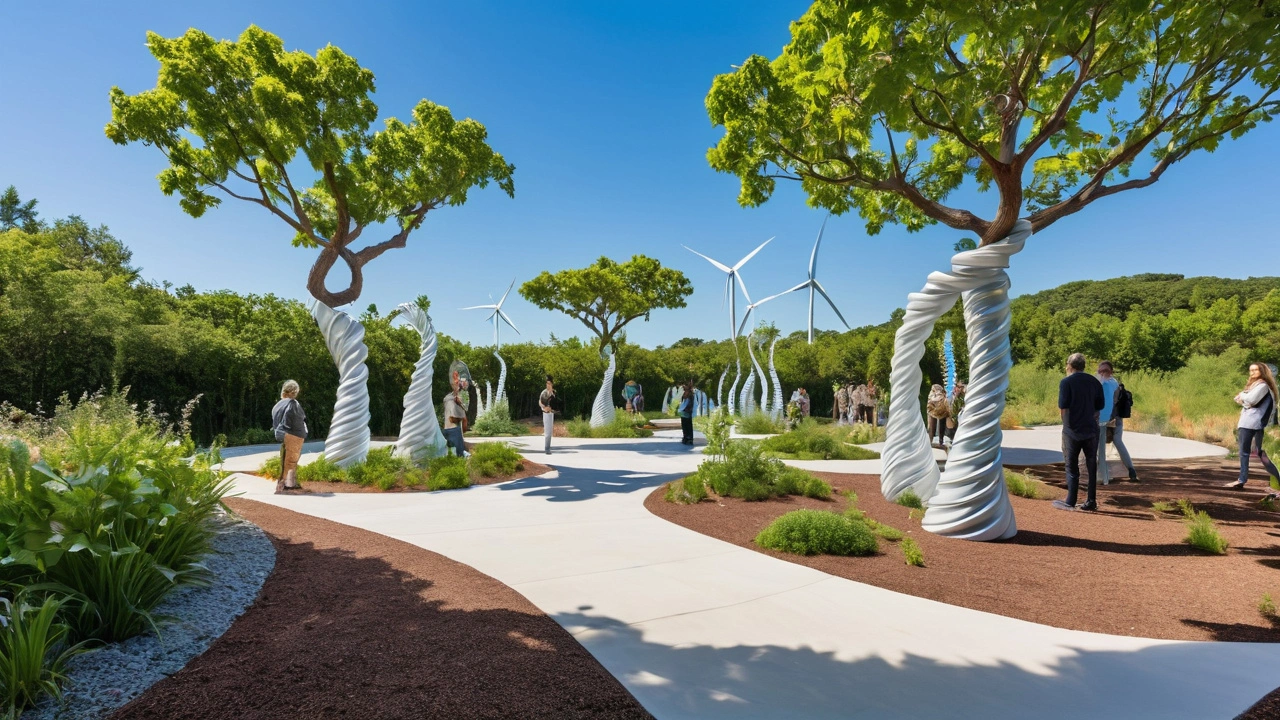Modern Installation: What It Is and How to Experience It
Modern installation art can stop you in your tracks or make you walk around, under, or even through it. It's not just a painting on a wall — it's a setup, a moment, a place. Think of rooms filled with light and sound, public sculptures that change a plaza, or land art that reshapes a park. You don’t need any special training to feel it; you just need to pay attention.
What to look for
Start with basics: scale, materials, and site. Is the piece tiny and intimate or huge and loud? Does it use wood, metal, found objects, video, or living plants? Many modern installations are site-specific — made for a single place. That means the location matters as much as the object. For example, land art takes natural sites and turns them into artworks. Other works borrow from movements like Fluxus to mix performance and objects, or from Bauhaus ideas to focus on form and function.
Notice how the work involves your senses. Some installations are visual and quiet; others add sound, smell, or touch. Ask: what does the artist want me to do? Walk slowly, stand still, touch, or listen? The best installations guide your behavior without spelling everything out.
Look for meaning in materials and placement. An artist might use industrial metal to comment on urban life, or fragile paper to talk about memory. When a work sits in a public plaza, it might be asking how we share space; when it’s in a gallery, it might be about private reflection. These are clues, not answers.
How to experience and make the most of it
Give yourself time. Unlike a painting you can glance at, installations often reward slow looking. Move around; view from different angles. If it’s interactive, try the interaction and notice how it changes the piece.
Read the label, but don’t stop there. Labels give context — year, materials, and an artist statement — but your personal reaction matters. Take a photo if allowed, then put the camera down and stay with the work for a few minutes. People often rush; the payoff comes to those who linger.
If you’re a creator, start small and think about space. Test how light and sound behave in a room. Use everyday objects to tell a clear story. Site matters: visit the intended place several times, at different hours, to see how the piece will live there. Collaborate — technologists, builders, and community members can make installations stronger and safer.
Want examples? Look for works that blur lines: urban land art that reshapes parks, immersive gallery rooms that use projection and sound, or Fluxus-inspired actions that mix performance and objects. On this site you'll find articles about installation art evolution, land art in cities, and aesthetic elements that help decode what you see.
Finally, bring a curious mind. Modern installation asks questions more than it gives answers. Walk slowly, explore corners, and let the space speak to you. You’ll leave with something you didn’t expect — and that’s the whole point.

